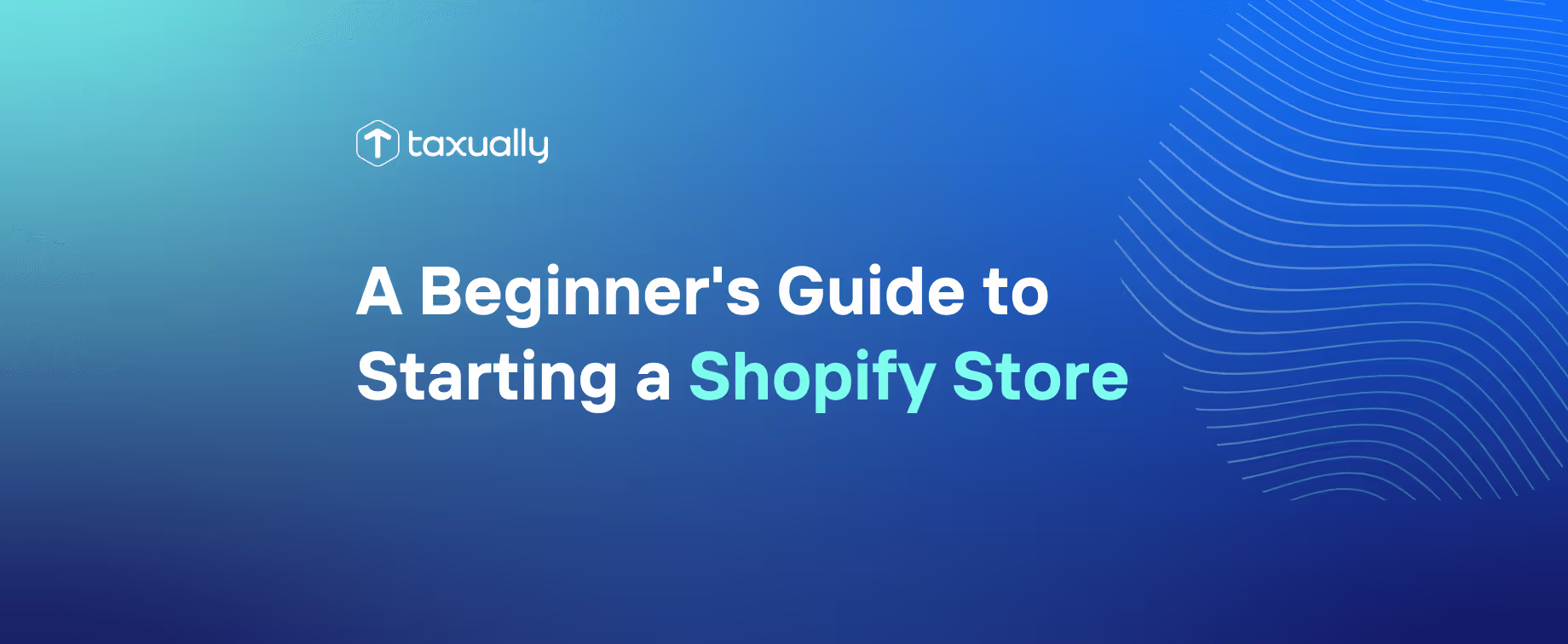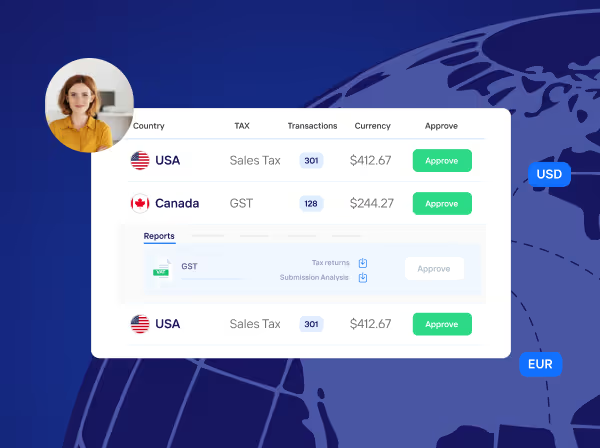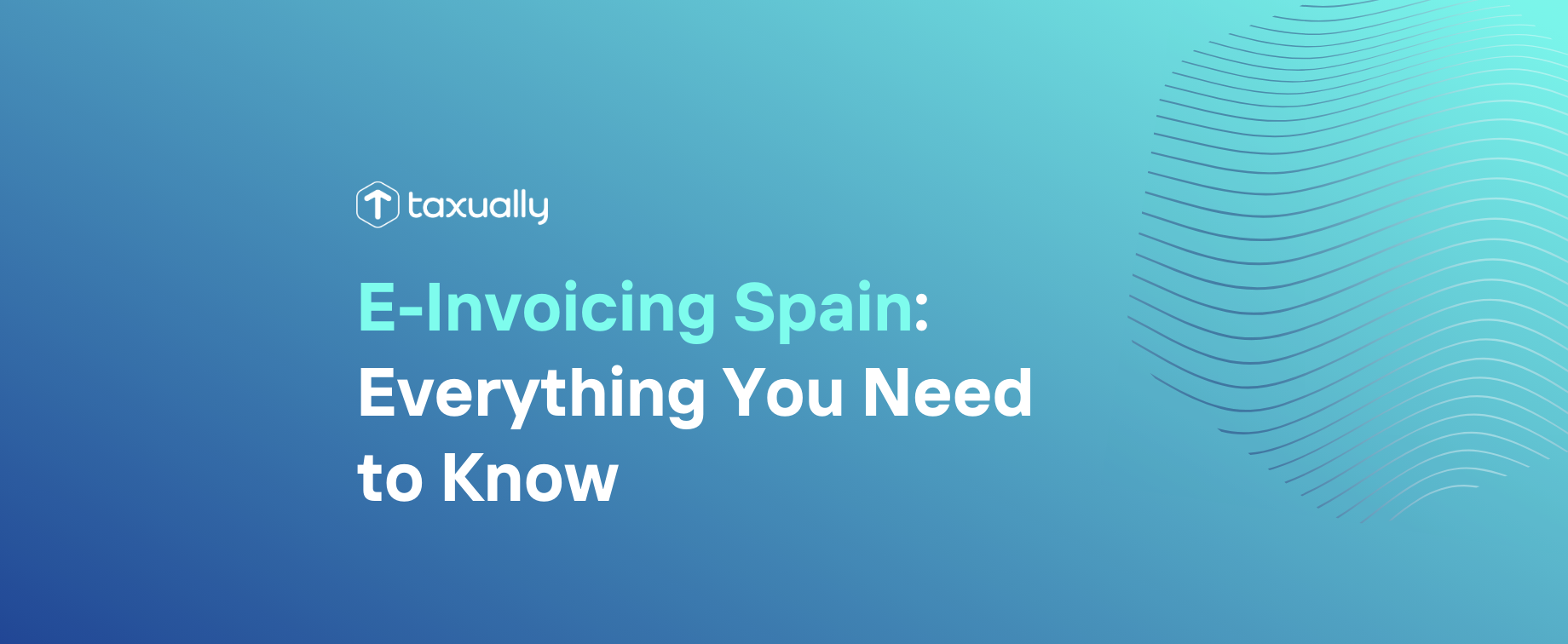Key takeaways
- Shopify makes ecommerce easy with user-friendly tools, customizable themes, and integrated payment and shipping options for a seamless store setup.
- Expanding reach is simple through Shopify’s built-in sales channels, allowing sellers to connect their store with social media platforms and marketplaces like Amazon and eBay.
- Success relies on optimization — use Shopify apps, SEO tools, and analytics to enhance performance, improve visibility, and grow your online business.
In today's digital world, starting an online business has never been easier. Shopify, a leading ecommerce platform, has empowered entrepreneurs around the world to turn their ideas into a thriving online Shopify store. With its user-friendly interface, powerful features, and extensive app ecosystem, it has become a go-to solution for many.
If you're new to ecommerce and want to dive into the world of online selling, this beginner's guide to starting a Shopify store will equip you with the fundamental knowledge you need to succeed.
What is Shopify?
Shopify is an ecommerce platform that enables individuals and businesses to create and manage their online stores. It provides a comprehensive suite of tools to handle inventory management, payment processing, customer relationships, and much more. With its intuitive interface and customizable themes, you can create a visually appealing Shopify store without any coding knowledge.
Setting up your Shopify store
Your first step in creating your Shopify store is to sign up for a Shopify account. You’ll be asked for the name of your store, but don’t worry if you haven’t decided on a name yet, it can be changed later. The basic Shopify subscription plan is $39 a month, although you can take advantage of the Shopify free trial, which offers free access for two weeks, and then $1 a month for the first two months.
Once you've signed up, you'll be guided through the store setup process. This includes selecting a theme for your Shopify store (click ‘Online Store’ then ‘Themes’ to get started), customizing its appearance, and adding essential pages (Online Store>Pages>Add pages) such as a homepage, product pages, terms of service, and an about us section. Take advantage of Shopify's theme store to find a design that aligns with your brand.
Adding sales channels
By adding sales channels to your Shopify store you expand your reach and increase sales opportunities. Click on ‘Sales channels’ then click ‘Add sales channel’ to explore the available options. You can integrate social media platforms like Facebook, Instagram, or Pinterest, to tap into their vast user bases, as well as marketplaces such as Amazon or eBay, which will allow you to leverage their existing customer trust and traffic.
Customize your product listings, shipping options, and payment settings for each channel to ensure a seamless shopping experience. Regularly monitor and optimize your sales channels to maximize your store's visibility and drive conversions.
Adding products
After setting up the framework of your Shopify store, it's time to start adding products. Shopify provides a straightforward interface for adding and managing your inventory. You can input product details, upload images, set prices, and even categorize your products into collections. Make sure to optimize your product descriptions and images to entice potential customers.
To start adding products, click ‘Products’ in the sidebar and then ‘Add product’. Include a product title, description, image, and the price. You can use a Shopify dropshipping integration to find products if you don't already have any ready to sell. Head to the Shopify app store to search for dropshipping companies.
Managing payments and shipping
One of the most significant advantages of using Shopify is its seamless integration with multiple payment gateways. You can either opt for Shopify’s own payment gateway Shopify Payments, or go with a third-party payment gateway such as Stripe, PayPal, or Google Pay. Shopify Payments is free to use, whereas third-party payment gateways will incur a charge of up to 2%. Go to ‘Settings’ and click on ‘Payments’ to get your Shopify payment gateway set up.
Shopify also offers a variety of shipping options, including integration with popular carriers. In ‘Settings’ click on shipping and follow the instructions to complete your delivery specifications. You can configure shipping rates based on weight, location, or other parameters.
Adding a domain
To add a domain on Shopify, navigate to the ‘Online Store’ section in the sidebar and click on ‘Domains’ to access the domain settings. Then click on ‘Connect Existing Domain’ if you already have a domain you want to link to your Shopify store or ‘Buy New Domain’ if you need to purchase one through Shopify. You can also opt to fully transfer your existing domain over to Shopify by selecting ‘Transfer domain’.
Enhancing your store with apps
The Shopify app store is an extensive treasure trove of add-ons and extensions to enhance your store's functionality. Whether you need to integrate with email marketing tools, implement live chat support, manage your VAT compliance, or optimize your store for search engines, there's an app for almost every requirement. Be careful not to overload your Shopify store with unnecessary apps, though, as it can impact performance.
Marketing and promoting your store
Creating a Shopify store is only the first step towards ecommerce success. Driving traffic and converting visitors into customers is equally crucial. Shopify offers several built-in SEO features, including title tag and meta description customization, to help your store rank higher in search engine results. You can also leverage various Shopify marketing tools like discount codes, email marketing, social media integration, and content marketing to attract and retain customers.
Analyzing performance
Shopify provides valuable insights into your store's performance through its analytics dashboard. It tracks key metrics such as sales, conversion rates, customer behavior, and more. By regularly analyzing these metrics, you can make data-driven decisions to optimize your Shopify store, identify trends, and refine your Shopify marketing strategies.
Providing customer support
Delivering exceptional customer service is vital for the success of any online business, and your Shopify store is no different. Shopify offers various ways to connect with your customers, including live chat, email, and phone support. You can also utilize chatbots and automated messaging to streamline customer interactions and provide quick resolutions to problems.
Have you set up or are thinking about setting up a Shopify store and need help with your VAT compliance? Book a free call with one of our VAT experts to find bespoke solutions for your business, optimize your VAT costs, and reach millions of new potential customers.
Frequently asked questions
New Year's Day - 1/1/2024Memorial Day - 5/27/20244th of July - 7/4/2024Labor Day - 9/2/2024Thanksgiving Day - 11/28/2024Day after Thanksgiving - 11/29/2024Christmas Eve - 12/24/2024Christmas Day - 12/25/2024
How do I start a Shopify store for the first time?
To start your Shopify store, sign up for a Shopify account, choose a theme, and add essential pages like your homepage, product listings, and about us section. You can begin with a free trial, then continue with one of Shopify’s paid plans once your store is ready to launch.
How do I add products to my Shopify store?
Adding products is simple — go to the “Products” section in your Shopify dashboard and click “Add product.” You can upload product images, write descriptions, set prices, and organize your products into collections.
Can I connect my Shopify store to social media or marketplaces?
Yes, Shopify lets you add sales channels like Facebook, Instagram, and Amazon directly through your dashboard. This allows you to sell products across multiple platforms and reach a wider audience while managing everything from one place.
How do payments and shipping work on Shopify?
Shopify integrates with multiple payment gateways, including Shopify Payments, PayPal, and Stripe. For shipping, you can set rates based on weight or location and connect to major carriers for seamless delivery management.
What are the best Shopify apps for new store owners?
The Shopify App Store offers thousands of apps to enhance your store’s functionality — from SEO and marketing tools to live chat and VAT compliance integrations. Focus on apps that improve store performance and customer experience without overloading your site.



















